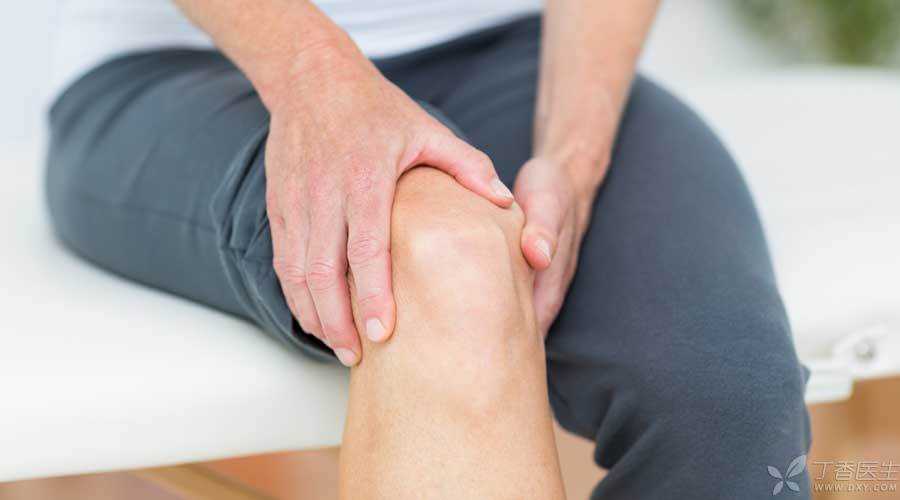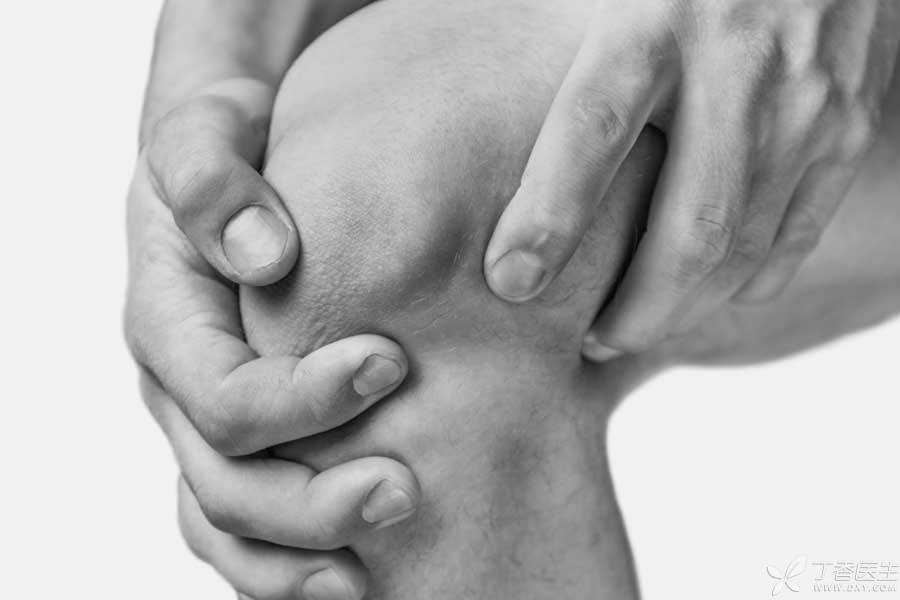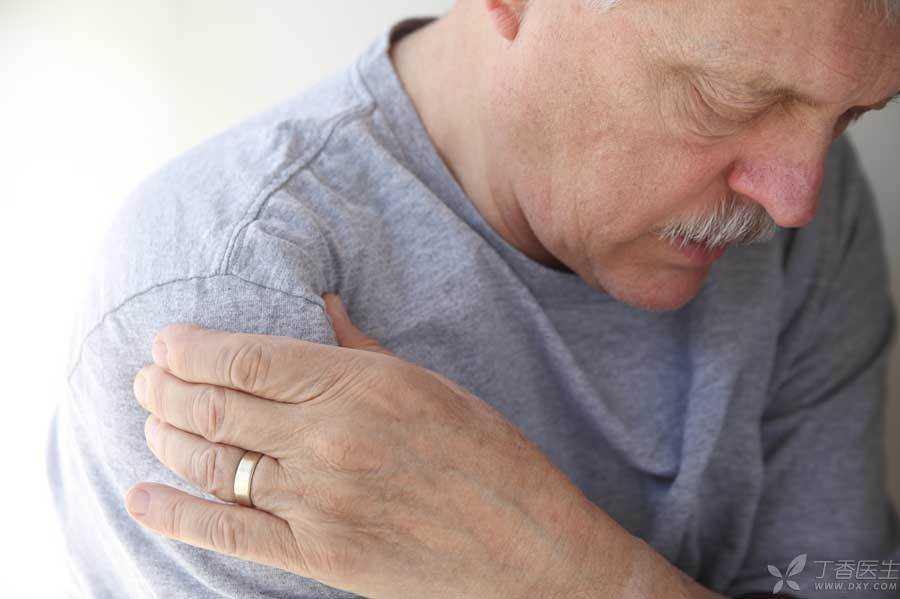
Many animals have the ability to predict the weather.
Ants [move] in droves, fish keep jumping out of the water, swallows fly very low… When seeing these scenes, experienced people often say, [it may rain].
Some osteoarthritis patients also seem to have this ability to predict weather changes.
The joint hurts again. It may change.
Then the weather really changed!
Is this wonderful phenomenon [superpowers] or is there scientific reason?
Can you really predict the weather?
In fact, many scientists have studied this phenomenon.
According to a survey in 2014, more than half of arthritis patients (67.2%) said that weather changes have aggravated their joint pain. The more severe the original joint pain, the more sensitive the patients are to weather changes. In addition, the symptoms of female arthritis patients are also more vulnerable to weather effects.
In 2015, a study of 810 patients in six European countries examined whether changes in weather and temperature affected joint pain in patients with osteoarthritis. The results suggested that changes in air humidity and temperature were associated with joint pain.
Moreover, the colder the weather, the greater the influence of air humidity on joint pain.
Based on the conclusions of some studies, it seems that joint pain in osteoarthritis patients is indeed related to weather changes-sudden cooling, rain, snow, first frost, etc.

The reasons need to be further studied.
The possible reason for this phenomenon is that there is often a sudden drop in air pressure before the weather changes. When the air pressure decreases, the pressure on the joints will also decrease, which will lead to edema in the joints of arthritis patients, thus compressing the already sensitive pain sensory nerves, thus aggravating the pain.
Of course, this is only an explanation. More accurate evidence and more detailed and clear mechanisms need more research.
However, weather changes themselves will not cause or aggravate osteoarthritis, but will only affect the fluctuation of arthritis symptoms.
Osteoarthritis is not a problem [frozen] or [stimulated] by weather changes.
What is osteoarthritis?
Osteoarthritis is also called osteoarthritis, and the middle-aged and elderly people, especially women, are more common. The specific causes of the disease are not completely clear, but obesity, heavy physical activity, excessive exercise, improper exercise, age growth, and heredity are all risk factors for the disease.
Osteoarthritis can occur in multiple joints of the whole body. In China, knee osteoarthritis is the most common.
Take knee arthritis as an example.
There will be a layer of cartilage on the contact surface between the two bones, which plays a role in protecting the joint. Age or overuse will make cartilage wear. Cartilage is difficult to regenerate. Without the protection of cartilage, the bone grinds the bone when walking. The outermost periosteum of the bone and the surrounding synovium are rich in nerves, so it will feel very painful.

How relieves joint pain?
Is moving to a place like spring all the year round helpful to relieve arthralgia?
This needs to be weighed.
On the one hand, after changing the living environment, the body needs to readjust. Although the weather has not changed much, other influencing factors may cause fluctuations in joint symptoms.
On the other hand, if you live in a very cold place, low temperatures will inevitably hinder normal activities. In addition, cold will also lead to muscle contraction, joint stiffness and decreased blood supply, which will affect the [service life] of joints to a certain extent for a long time. In addition, cold days will also increase the probability of accidental knee injuries.
From these angles, it is also a good choice to move to a warmer place.
For arthritis patients, when the weather changes, the more reasonable coping strategy should be:
- Pay attention to keeping warm and add clothes in time. Wear protective equipment, knee pads to protect knee joints, gloves to protect finger joints, etc. Appropriate activity can increase local blood flow in joints and relieve pain. Have a positive attitude-the aggravation of pain is temporary, the body will soon adapt to the changes of the weather, and bad weather is easy to make people feel bad, bad mood itself will also aggravate the sensitivity of pain; If necessary, increase the dosage or combination of analgesic drugs under the guidance of doctors; Still actively treat osteoarthritis itself.

How to treat osteoarthritis?
Regarding the treatment of osteoarthritis, besides joint replacement, some conservative therapies are mainly adopted clinically.
Referring to the clinical guidelines of the American Association of Orthopaedic Physicians, Dr. Clove gave some suggestions, hoping to be helpful to patients with osteoarthritis.
1. Carry out muscle strength training. Strong enough muscle strength can protect the joint and support the stability of the joint. However, pay attention to avoid drastic and excessive joint load exercises.
2. Oral or local use of anti-inflammatory and analgesic drugs is recommended to deal with joint pain.
3. If the body mass index (BMI) exceeds 25, lose weight! Reduce the pressure on joints such as knees.
4. If the joint activity is limited or the pain is severe, MRI examination is recommended to determine whether the free body in the joint or obvious cartilage rupture is involved and whether timely surgery is required.
5. Don’t pin your hope of curing osteoarthritis only on health care products, but need to cooperate with regular treatment.
